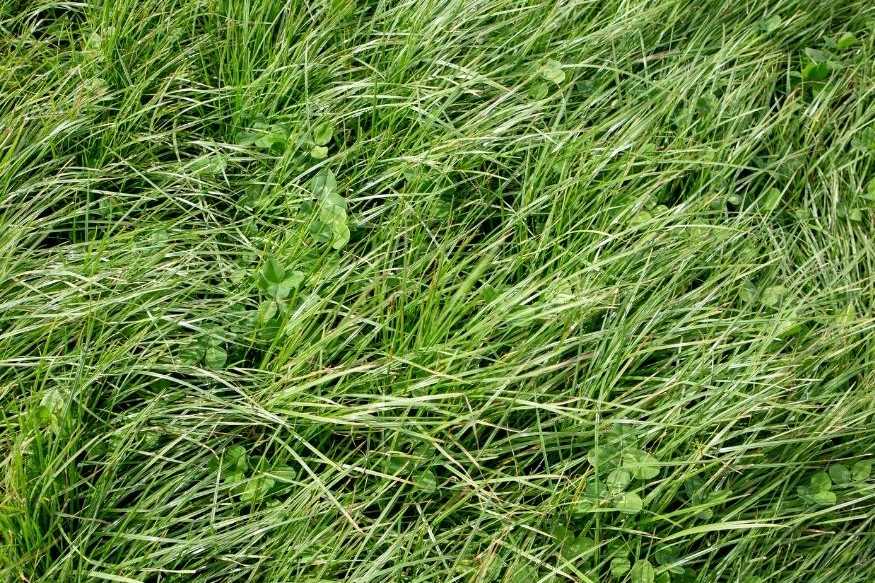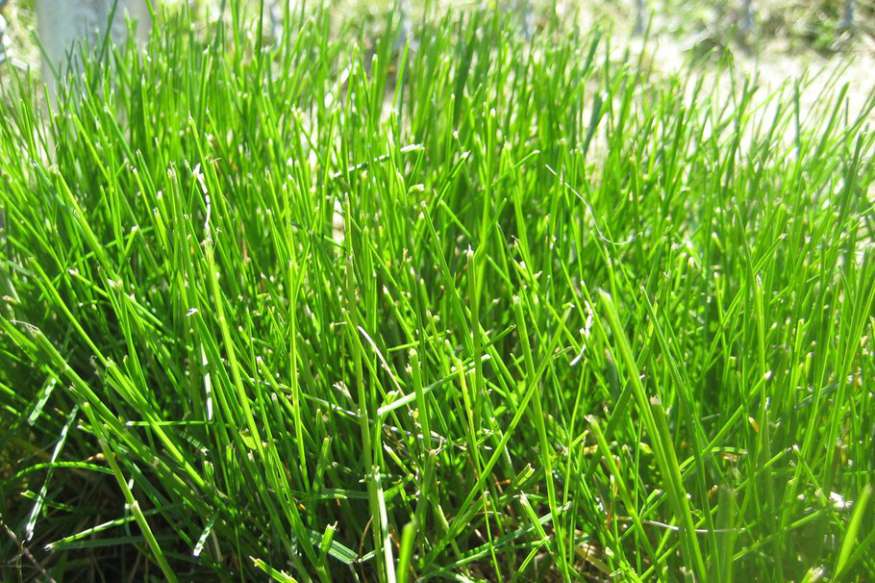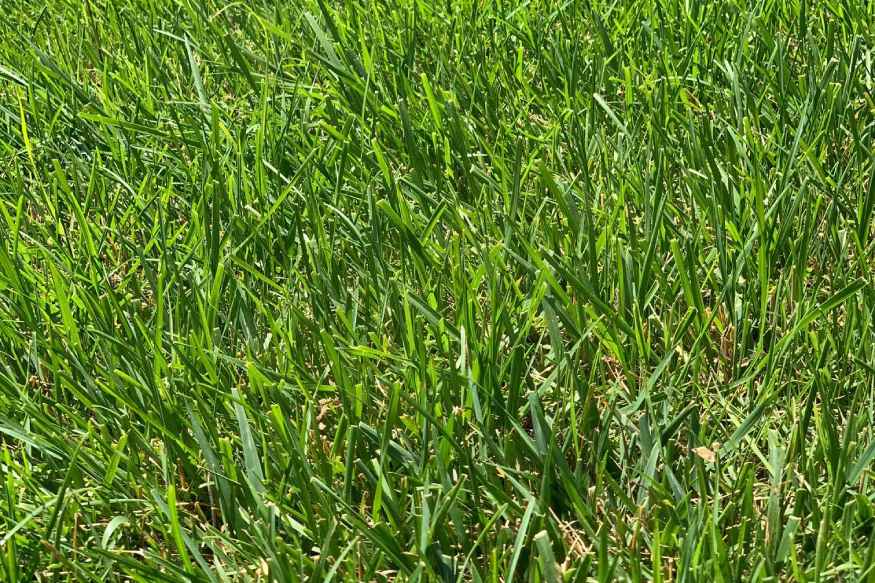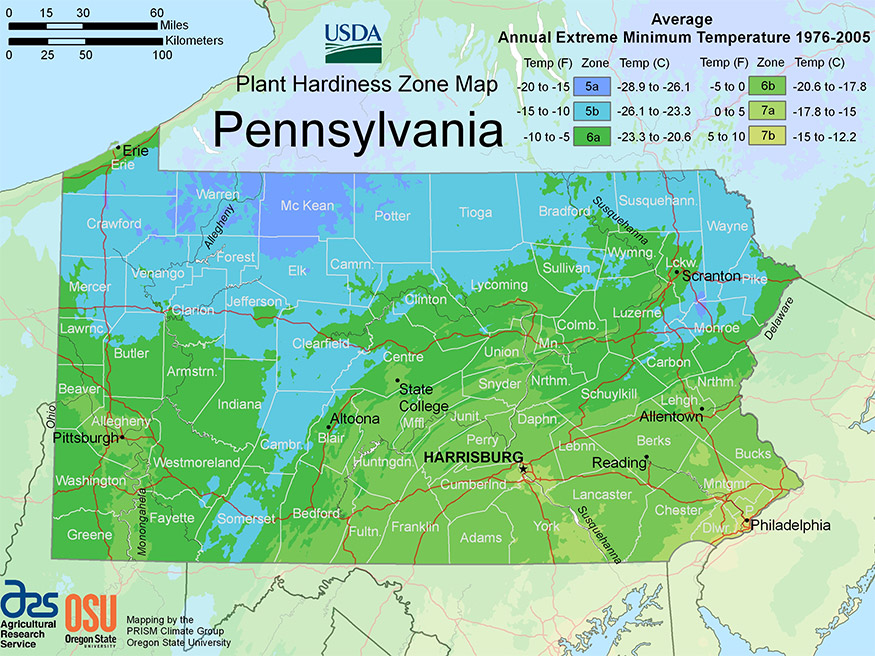Pennsylvania is a beautiful state with diverse landscapes, but growing a healthy and vibrant lawn here can be a daunting task. The extreme winters, humid summers, and varying soil types pose significant challenges. However, there are some grass seeds that can withstand these conditions and thrive.
While Perennial Ryegrass is a popular choice, other options may be more suitable depending on specific requirements. This article provides a comprehensive guide to selecting the best grass seed for Pennsylvania, considering various factors such as climate, soil type, and sun exposure.
By following this guide, readers will be equipped with the knowledge to make informed decisions and achieve the lawn of their dreams in the Keystone State.
Perennial ryegrass

| Also Known As | Lolium perenne L. |
| Type of Grass | Cool season perennial |
| Optimal Zones | Mild northern zones |
| Root Structure | Deep |
| Winter hardiness | Good to excellent |
| Shade tolerance | Moderate |
| Water Requirements | High |
| Drought Tolerance | Good |
| Self Repair Capacity | Excellent wear tolerance |
| Overall Maintenance Requirements | Moderate to high |
Why Perennial Ryegrass is a good choice for Pennsylvania Lawns
For homeowners in Pennsylvania seeking the perfect lawn, choosing the right grass is key. A cool season grass with consistent dark-green, fine to medium-textured blades, perennial ryegrass is a popular choice for its rapid germination and establishment, typically taking only 5 to 7 days to sprout.
Its bunch-type growth and aggressive nature make it a good option for overseeding thin or damaged turf. When mixed with Kentucky bluegrass and/or fine fescues, it forms an excellent turf cover for parks, golf courses, athletic fields, and home lawns. Unlike Kentucky bluegrass, which takes months to establish, perennial ryegrass matures quickly and is less susceptible to drought during hot, dry summers.
Perennial ryegrass is also suitable for dead patches or for thickening a lawn. It’s best to avoid annual ryegrass due to its coarse texture and quick thinning, as well as the perennial ryegrass variety “Lynn,” which fades over time.
To maintain a healthy lawn in Pennsylvania’s harsh weather conditions, homeowners need a grass seed that can withstand the elements. Perennial ryegrass, with its rapid germination and establishment, and ability to thrive in a variety of soil types, is an excellent choice. With proper maintenance, this grass can help homeowners achieve a beautiful and resilient lawn.
Fine Fescue

| Also Known As | Hard fescue, strong creeping red fescue, slender creeping red fescue, sheep fescue, chewings fescue; Festuca L. |
| Type of Grass | Cool season perennial |
| Optimal Zones | Northern zones |
| Root Structure | Medium |
| Winter hardiness | Excellent |
| Shade tolerance | Excellent |
| Water Requirements | Medium to High |
| Drought Tolerance | Excellent |
| Self Repair Capacity | Limited |
| Overall Maintenance Requirements | Low |
Why Fine Fescue Should Be Considered For Your PA Yard
Pennsylvania residents looking to create a low maintenance lawn should consider fine fescues. These narrow-leaved grasses, including creeping red fescue, Chewings fescue, hard fescue, and sheep fescue, produce an attractive, uniform stand with a medium to dark green color during cool weather. They are compatible in mixtures of most cool-season turfgrasses and can tolerate soils with low fertility, low pH, drought-prone soils, and shaded conditions.
However, fine fescues are not well-suited to hot, humid conditions, poorly drained soils, high-traffic areas, and high rates of nitrogen fertilizer. Like Kentucky bluegrass, they become semi-dormant under prolonged periods of heat and drought and recover quickly with the advent of cooler temperatures and adequate soil moisture.
Overall, fine fescues are a great choice for an attractive and low maintenance lawn in Pennsylvania’s climate.
Tall Fescue

| Also Known As | Lolium arundinaceum (formerly Festuca arundinacea) |
| Type of Grass | Cool season perennial |
| Optimal Zones | Northern through transition zones |
| Root Structure | Deep |
| Winter hardiness | Excellent |
| Shade tolerance | High |
| Water Requirements | Medium to High |
| Drought Tolerance | Excellent |
| Self Repair Capacity | Limited |
| Overall Maintenance Requirements | Low |
Why Tall Fescue is a Great Choice For Pennsylvania Lawns
When it comes to a persistent and durable lawn in Pennsylvania, homeowners may want to consider tall fescue. This cool season grass is ideal for low-maintenance areas such as highway medians, airstrips, and fairgrounds, and is commonly used for home lawns, playgrounds, parks, and athletic fields. Many new and improved varieties have finer texture, higher tiller densities, and a darker-green color than coarse-textured, light-green varieties such as ‘Kentucky 31’ and ‘Alta.’
While tall fescue is the most heat and drought tolerant of cool-season turfgrasses, it is not recommended for mixing with fine fescues due to its tendency to form coarse-textured clumps in an otherwise uniform lawn. It is primarily a bunch-type grass with moderate shade tolerance, performing best in open, sunny areas with well-drained soil. Although it has fair recovery potential and can occasionally produce short rhizomes, tall fescue is slower to establish extensive root systems than other turfgrasses.
Overall, tall fescue is a great option for homeowners seeking a persistent, low-maintenance lawn in Pennsylvania’s climate.
Pennsylvania’s Climate and Growing Challenges for Lawns

Pennsylvania’s Climate Pennsylvania experiences hot, humid summers and cold winters, with precipitation distributed throughout the year. This can make it difficult to select the right grass type and maintain a healthy lawn.
Soil Conditions
The state’s soil is often acidic and can lack the necessary nutrients for optimal grass growth. Homeowners may need to conduct a soil test and amend the soil with lime or fertilizer to improve its quality.
Pest and Disease Issues
Pennsylvania can also face pest and disease issues that can damage lawns.
These include:
- grubs
- chinch bugs
- and fungal diseases such as brown patch and dollar spot.
Proper lawn maintenance practices can help prevent these issues.
Hilly Terrain
The state’s hilly terrain can make mowing and lawn care more difficult, and can also affect the amount of sunlight and water that a lawn receives. Homeowners may need to adjust their lawn care practices to account for these challenges.